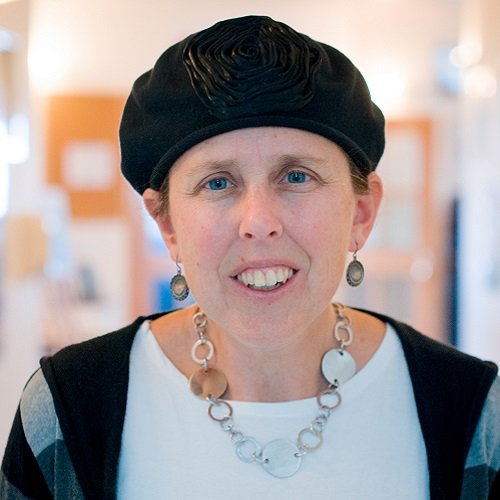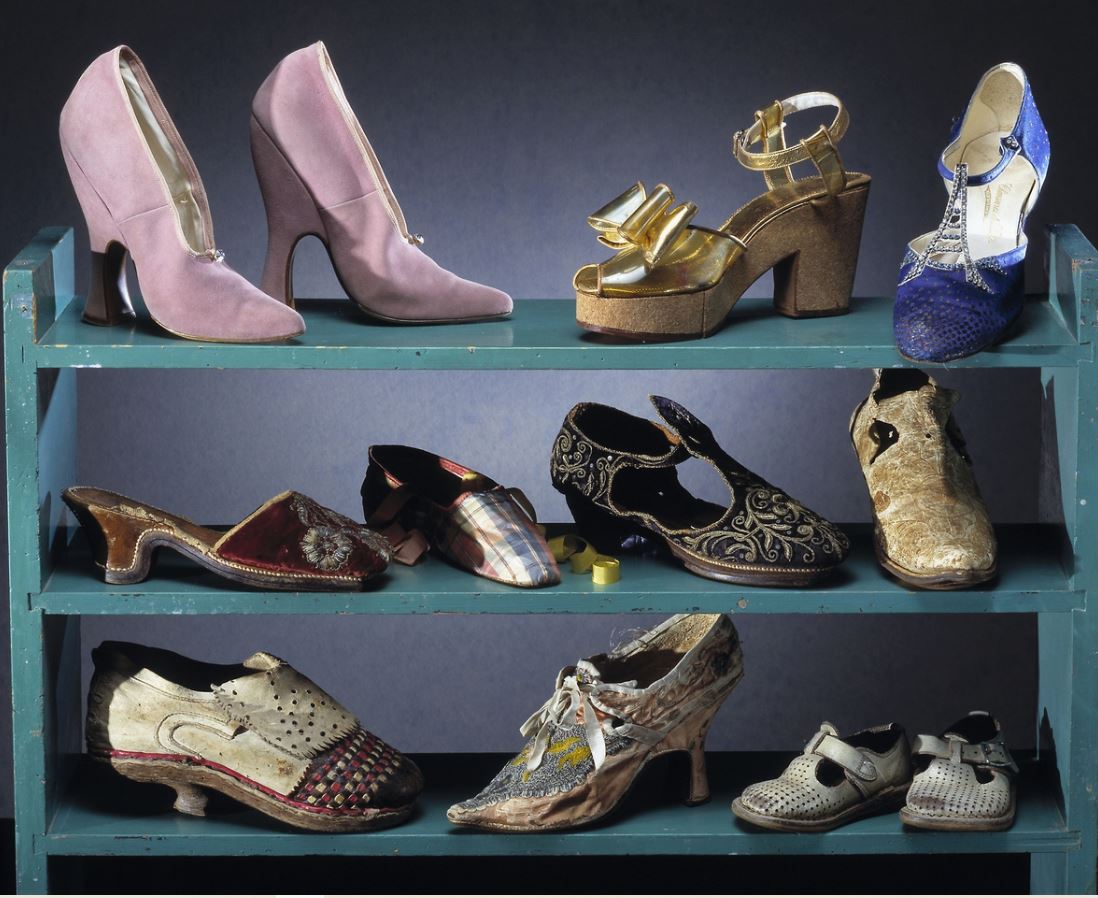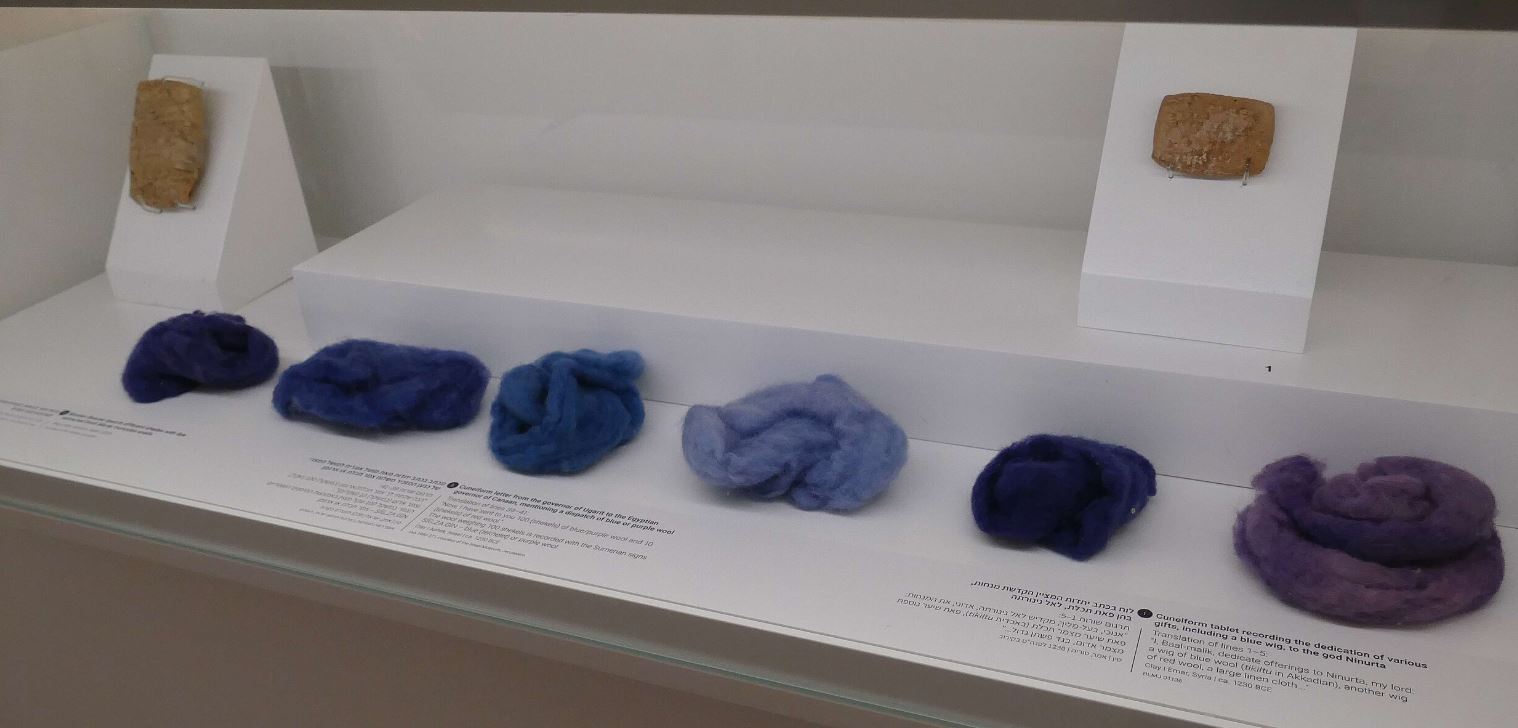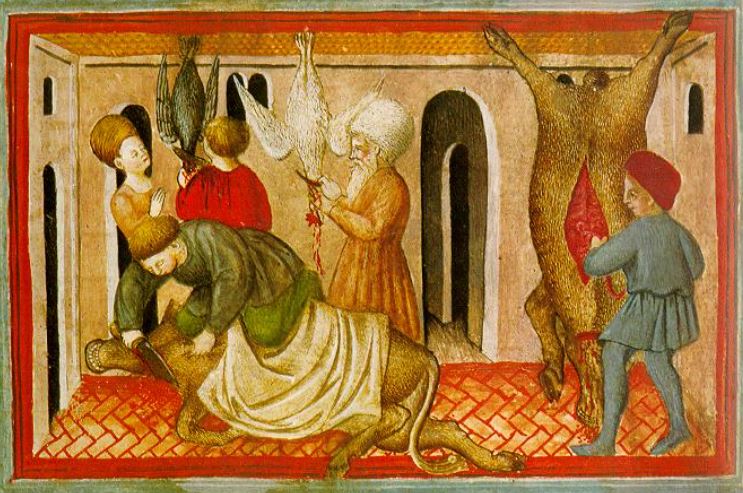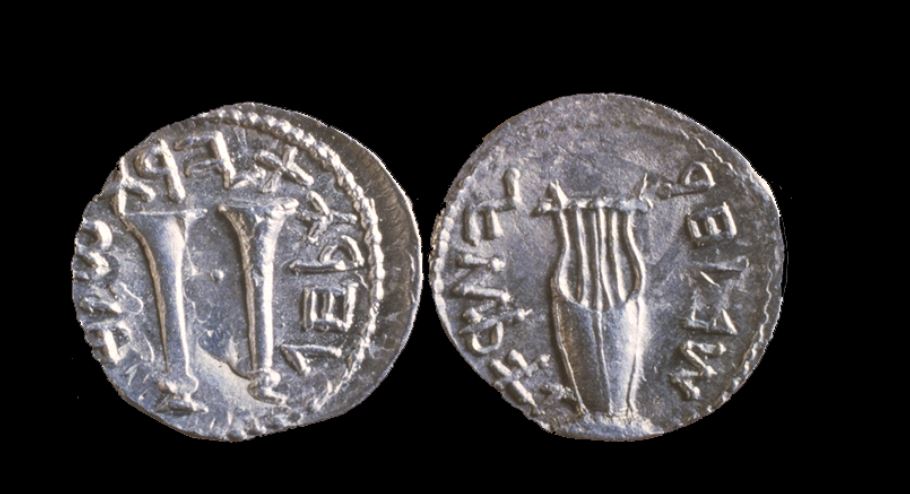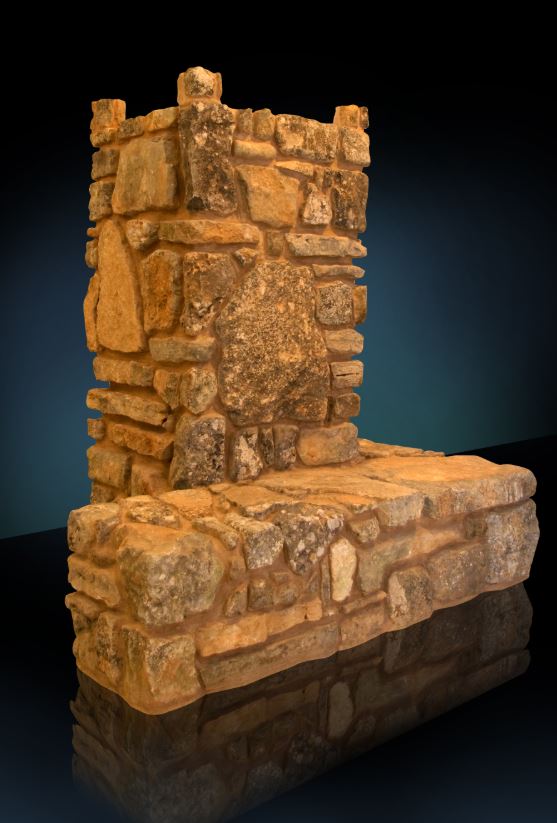“The Sages taught: Moses designated three cities of refuge in the east bank of the Jordan, and corresponding to them, Joshua designated three cities of refuge in the land of Canaan. And the cities were aligned like two rows of vines in a vineyard: Hebron in Mount Judea, corresponding to Bezer in the wilderness; Shechem in Mount Ephraim, corresponding to Ramoth in the Gilead; and Kadesh in Mount Naphtali, corresponding to Golan in the Bashan.” (Makkot 9b)
Cities of refuge: sounds like the title of a Western. These cities were a haven for those who had committed manslaughter, as well as a place where the perpetrators could reflect on their actions and repent. Three cities had already been designated by Moses on the eastern side of the Jordan but only with the entrance to the land were the remaining three assigned and then all six were able to be used. The identification of the ones in the east is debated but we will discuss the western cities, two of which are well known to us from other Biblical and Rabbinic sources.
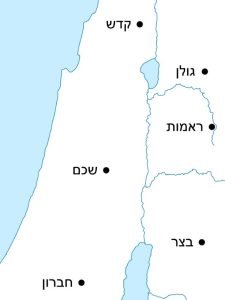
MapCitiesOfRefuge.JPG: User:Agbadderivative work: Oriaaaass, CC BY-SA 3.0 <http://creativecommons.org/licenses/by-sa/3.0/>, via Wikimedia Commons
All the cities of refuge were the homes of the Levites and Kohanim (Joshua 21). They were more or less equidistant from each other, with Hebron in the south, in the tribe of Judah, Shechem in the center, between Manasseh and Efraim, and Kedesh in the north, in the land of Naftali.
Hebron and Shechem need no introduction. These ancient cities were centers for the Israelites, as well as former capitals: Hebron in the early years of King David and Shechem for the divided kingdom under Rehavam. Hebron and Shechem each have a rich and complicated history. Hebron was the first place that was bought in the land of Israel by Abraham, so that he could bury his wife Sarah. This tomb, the Cave of Machpelah, became a treasured possession of the Israelites, with each generation of the patriarchs and Matriarchs returning to be buried there.
Later, when David was first becoming king, he only ruled over the tribe of Judah and had to defeat challengers from Saul’s supporters and family in Benjamin. Hebron was David’s base. Even after he united the people and made one capital in Jerusalem, Hebron remained a place where would-be royals would go to try out their leadership, like David’s rebellious son Avshalom:
“But Avshalom sent agents to all the tribes of Israel to say, ‘When you hear the blast of the horn, announce that Avshalom has become king in Hebron’” (Samuel II 15:10)
Hebron remained a significant Jewish city through Second Temple times. For more about it see here.
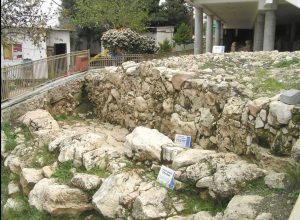
Excavations in Hebron
eman, Public domain, via Wikimedia Commons
Shechem has an equally powerful, albeit more disturbing history. It first appears on the Biblical scene with the abduction and rape of Dinah the daughter of Jacob, and then the subsequent revenge attack on the city by her brothers Simon and Levi. Later Joseph is sold into slavery right nearby. Shechem is also the place where the the Israelite kingdom divides into two, Israel and Judah:
“Rehoboam went to Shechem, for all Israel had come to Shechem to acclaim him as king. . . When all Israel saw that the king had not listened to them, the people answered the king: “We have no portion in David, No share in Jesse’s son! To your tents, O Israel! Now look to your own House, O David.” So the Israelites returned to their homes.” (Kings I 12:1, 16)
On a more positive note, Shechem was also a place of holiness. Abraham built his first altar in the land here (Bereshit 12) and the covenant between God and the tribes of Israel took place on the mountains of Gerizim and Eival that flank Shechem. A complicated city, Shechem is also divided in a physical sense – it is on the border of the neighboring tribes of Ephraim and Menashe.
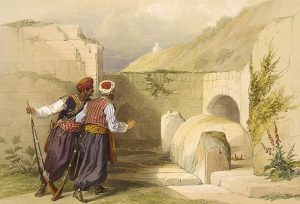
Nineteenth century drawing of Joseph’s Tomb in Shechem
David Roberts, Public domain, via Wikimedia Commons
With Hebron in the south and Shechem in the center of the country, we have covered two thirds of Israel. That leaves the north, and the city of Kedesh as the last refuge city. Unlike its sister cities, Kedesh is less well-known and in fact there is controversy about where it is exactly. There are a number of places called Kedesh or Kadesh in the Land of Israel. Kadesh Barnea is in the south, Kedesh Naftali is in the north, by the tribe of Naftali. Some scholars locate it in the Lower Galilee, near the Kinneret, but most scholars identify it with a tel called Kadis on the western edge of the Huleh Valley, on the heights of the Naftali ridge:
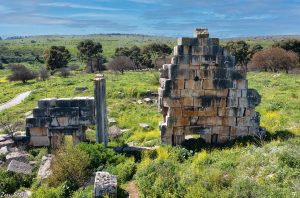
Ruins at Tel Kedesh
zeev stein Pikiwiki Israel, CC BY 2.5 <https://creativecommons.org/licenses/by/2.5>, via Wikimedia Commons
This tel has a rich archaeological history, from the time of the Patriarchs, through Hellenistic times and including the ruins of a majestic Roman pagan temple. It was also the home of Barak ben Avinoam, the general who went to battle against Sisera at the request of the judge and prophetess Devorah:
“She summoned Barak son of Abinoam, of Kedesh in Naphtali, and said to him, the God of Israel, has commanded: Go, march up to Mount Tabor, and take with you ten thousand men of Naphtali and Zebulun” (Shoftim 4:6)
The traditional site of Barak’s grave is here, along with the graves of Devorah and Yael, the other heroine of the story, also have traditional graves here.
Just up the road from the tel is an impressive fortress with an amazing view of the Hula Valley below. This is Metzudat Yesha, today also known as Metzudat Koach (כ”ח, 28 in gematria). To understand the purpose of this fortress you have to realize that while it looks like you are deep in the pastoral Galilee, the fortress is actually right next to Israel’s border with Lebanon:
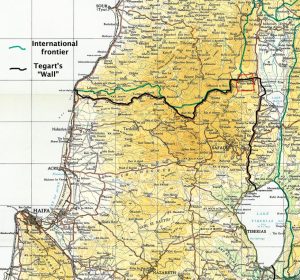
Red box indicates the fortress , green line is the border
Survey of Palestine, Public domain, via Wikimedia Commons
In the 1930s, in the wake of the Arab Revolt, the British built a line of forts along this border, called Tegart Forts after the British officer who designed them, Charles Tegart. When the British Mandate ended and the British retreated from here in April 1948, the Arabs seized this fort. Its significant location was needed by the fledging state of Israel and so the Palmach, the elite unit of the Haganah, was sent to capture it. In two terrible battles before Passover, a total of 26 soldiers were killed. The stories of heroism from these battles became part of the Palmach legend. Only a month later, in mid-May, was the fort finally captured in a final battle where an additional 2 solders were killed, bringing the final number to 28 -כח or Koach, power. The taking of the fort ensured that the isolated settlements in the Galilee panhandle could remain under Israel’s control.
Today there is a memorial and a small but impressive museum on the site, as well as the actual fort. Unfortunately, it did not provide refuge to the soldiers who died here.
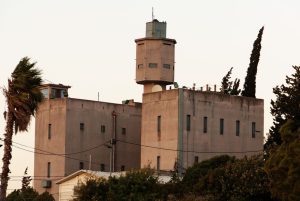
Own work, CC BY-SA 3.0 <https://creativecommons.org/licenses/by-sa/3.0>, via Wikimedia Commons
Priests, kings and soldiers: these cities of refuge played a large part in Jewish history.


